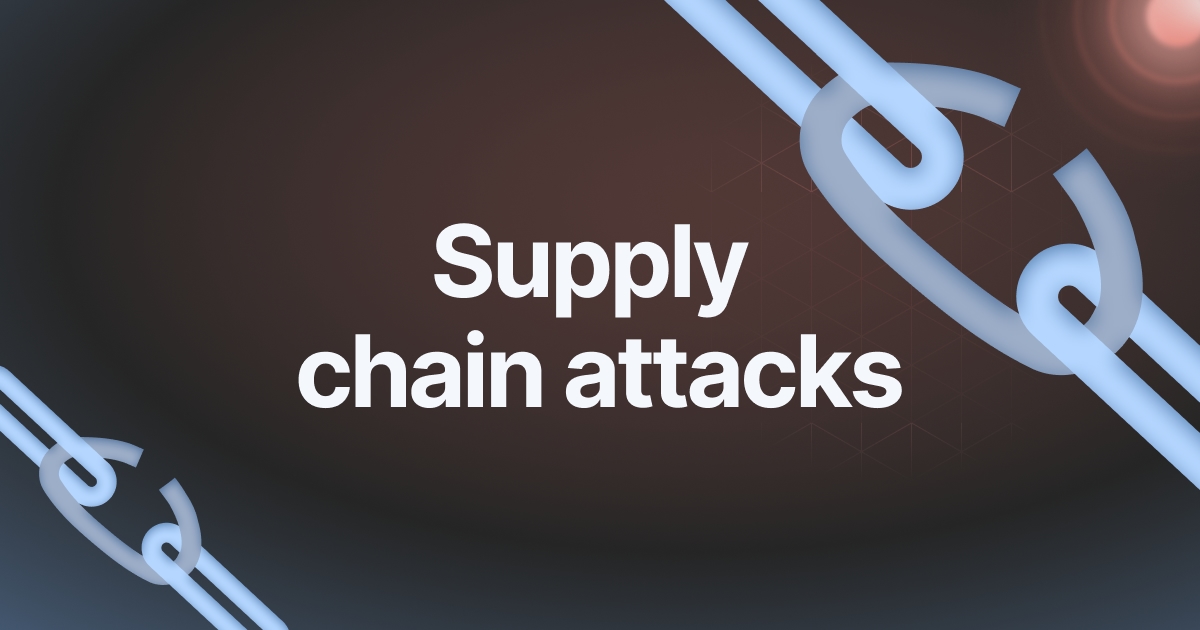In today’s digitally connected world, the concept of having a secure “perimeter” around your company’s information is rapidly becoming obsolete. Supply Chain attacks are the newest kind of cyberattack that exploits complicated software and services that are used by businesses. This article will explore the supply chain attack, the threat landscape and the vulnerabilities of your company. It also provides steps you can take to strengthen your defenses.

The Domino Effect – How a tiny defect can destroy your company
Imagine this scenario: Your organization does not use an open-source software library with an identified vulnerability. But the provider of data analytics services upon which you rely heavily. This flaw, which appears to be minor, is your Achilles’ heel. Hackers exploit this vulnerability, discovered in open source software, in order to gain access to system of the service provider. Hackers have the chance to gain access to your company through a third-party invisible connection.
This domino effect beautifully illustrates the subtle nature of supply chain attack. They target the interconnected systems companies rely on, and infiltrate the systems that appear to be secure by exploiting flaws in software used by partners, open source libraries, or even cloud-based services (SaaS). Talk to an expert for Supply Chain Attack Cybersecurity
Why Are We Vulnerable? The rise of the SaaS Chain Gang
The same factors that have driven the current digital economy, including the rapid adoption of SaaS solutions as well as the interconnectedness of the software ecosystems also create a perfect storm for supply chain security attacks. It is impossible to track each code element in these ecosystems even if it’s indirect.
Beyond the Firewall Traditional Security Measures aren’t enough
The old-fashioned cybersecurity methods which focused on strengthening your security systems do not work anymore. Hackers are skilled at identifying the weakest link in the chain, bypassing firewalls and perimeter security to penetrate your network via reliable third-party suppliers.
Open-Source Surprise It is not the case that all code that is free is created equally
Another issue is the overwhelming popularity of open source software. While open-source libraries can provide many benefits, their widespread usage and the potential dependence on volunteer developers can create security threats. An unresolved security flaw in a library with a large user base could expose the systems of countless organizations.
The Invisible Threat: How to Spot A Supply Chain Security Risk
The nature of supply chain attack makes them difficult to spot. Some warning signs may raise a red flag. Unusual login attempts, unusual activities with data or sudden updates from third-party vendors might be a sign that your network is vulnerable. An incident of serious security at a library, or service provider that is frequently used is a good reason to take action immediately.
Building a fortress in a fishbowl: Strategies for reduce supply chain risk
What can you do to increase your defenses? Here are some important tips to be aware of:
Reviewing your Vendors: Follow an extensive process of selecting your vendors that involves evaluating their cybersecurity methods.
The Map of Your Ecosystem Make an outline of all libraries, software and other services your company utilizes, whether directly or indirectly.
Continuous Monitoring: Check your systems for suspicious activity, and keep track of security updates from all third-party vendors.
Open Source with Caution: Take be cautious when integrating open-source libraries. You should prioritize those with well-established reputations and active maintenance communities.
Transparency is essential to build trust: Encourage vendors to implement robust security measures and to encourage an open dialogue with you regarding possible vulnerabilities.
Cybersecurity Future: Beyond Perimeter Defense
As supply chain threats increase companies must reconsider how they approach cybersecurity. It’s no longer sufficient to concentrate on protecting your personal perimeter. Companies must take on an overall strategy focused on collaboration with suppliers and partners, transparency in the system of software and proactive risk management across their entire supply chain. You can safeguard your business in a complex, interconnected digital world by recognizing the threat of supply chain threats.